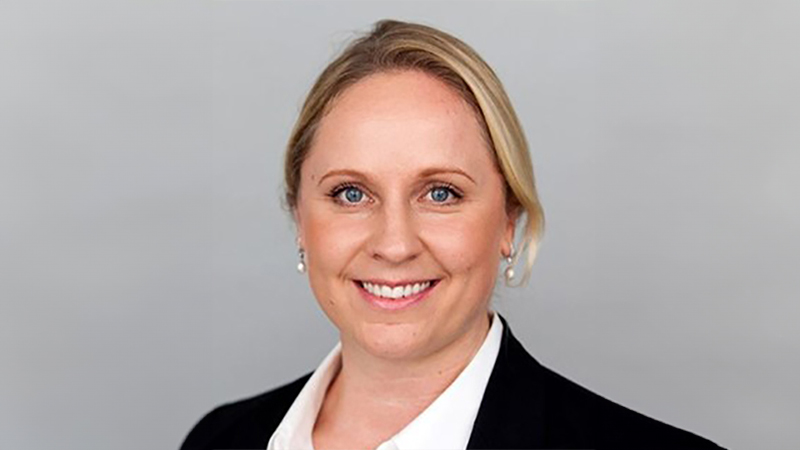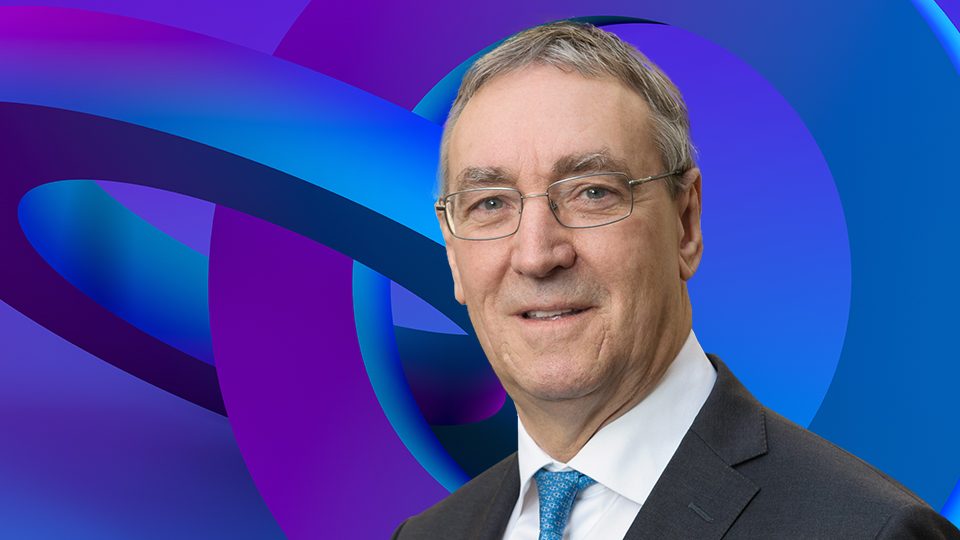Gerrit Smit has been at the helm of the Stonehage Fleming Best Ideas fund for over a decade, having forged his career at Sanlam International. Best Ideas is the flagship for the multi-family office group, and has many of the hallmarks of a fund forged in a private client business, focusing on a concentrated global portfolio of long-term, high-quality businesses.
The Stonehage Fleming family office advises over $150bn (£118.1bn) for a number of the world’s wealthiest families. This includes the Fleming family, descendants of Robert Fleming, founder of merchant bank Robert Fleming & Co. Its activities are mainly those associated with private clients and bespoke investment management, but it also owns a standalone investment management business, Stonehage Fleming Investment Management (SFIM), which offers a small range of actively managed portfolios, including the Best Ideas Equity fund, which holds around £1.8bn of the £16.8bn in SFIM’s range.
The other funds in the range include a series of multi-asset portfolios, a responsible investment fund, an AIM fund and a UK smaller companies offering, many of which came with the group’s acquisition of Cavendish Asset Management for around £1bn in 2020.
Best Ideas has been running since 2013. In common with other best ideas funds, it is concentrated – just 29 stocks – and long-term – over a quarter of the companies in the portfolio have been held since inception. The focus is on quality companies with a strategic competitive edge that allows them to compound their growth over many years.
In defining ‘quality’, Smit initially screens on 15 quality tests. From there, he examines companies through the prism of four quality pillars: they need sustainable organic growth; high-quality management and business culture; strong and sustainable margins; and return on invested capital, plus high and resilient cashflow.
He says: “These four pillars mean we end up with high organic growth businesses. We’re in the quality growth camp. Although our sector positioning comes from the bottom up, over the 10 years, we’ve moved from being quite staples-driven, to very technology and digital-driven. Technology and healthcare are the main sectors now, though it is still well-diversified.”
More than three-quarters of the fund is in US-listed companies, although the US accounts for only around half of the underlying revenues from companies in the fund. Its second-largest revenue exposure is in emerging markets, at around one-quarter, and then continental European markets.
Smit says: “It has always been that way. We look for proper governance and entrepreneurship. It’s not surprising we end up with American companies as a result.”
He wants to access the growth of emerging markets, but without the volatility of emerging capital markets, and with good management and governance. He says: “We’re trying to capture the emerging market consumer, that’s where the future growth lies in many different products. In many of those countries you find a large middle-income bracket.”
This is the driving force behind his weighting in a number of luxury goods companies, including EssilorLuxottica.
To read more, visit the December edition of Portfolio Adviser Magazine










